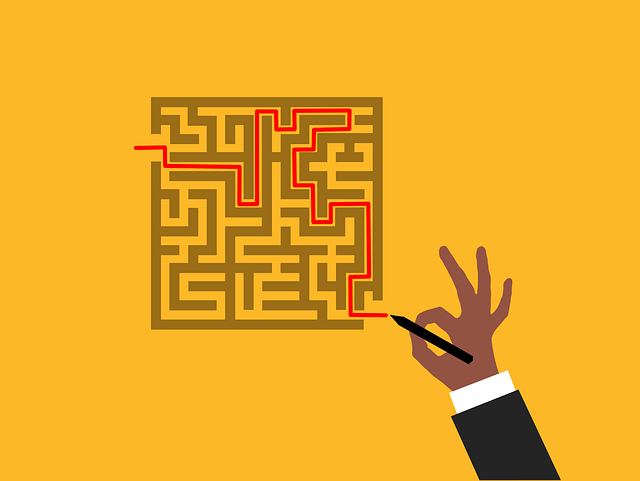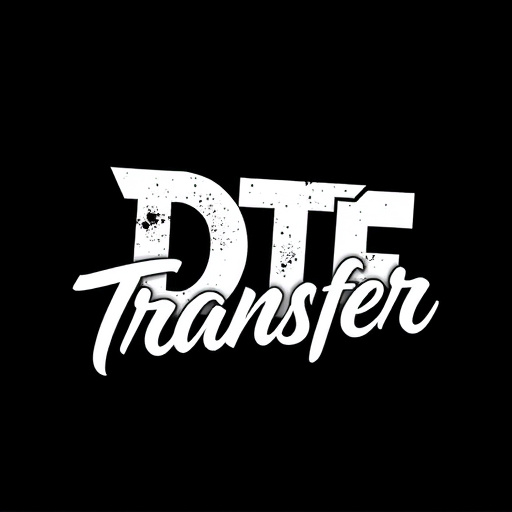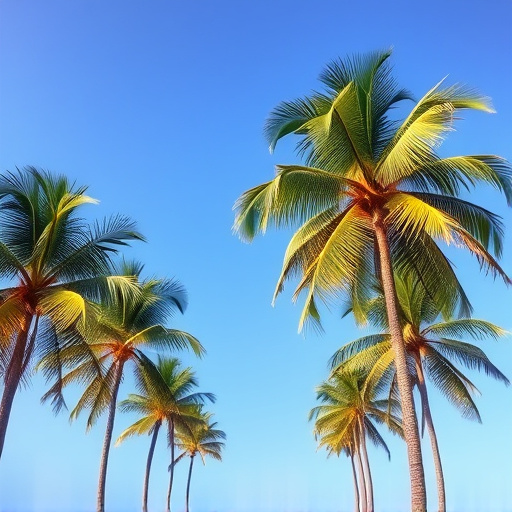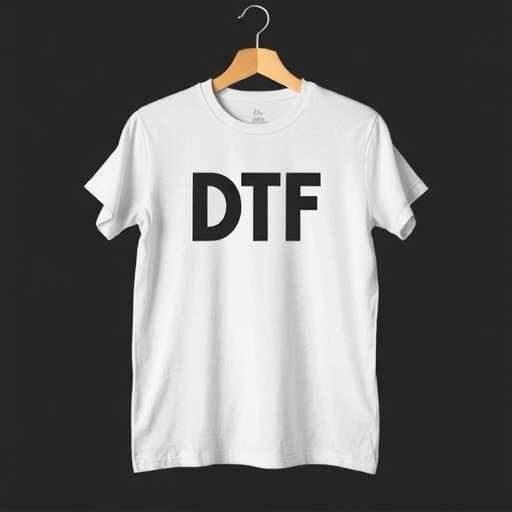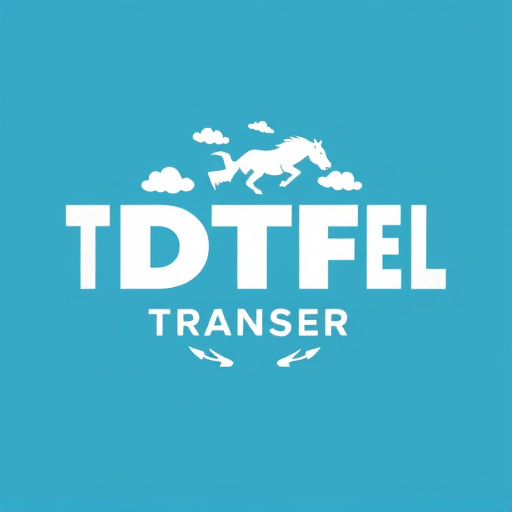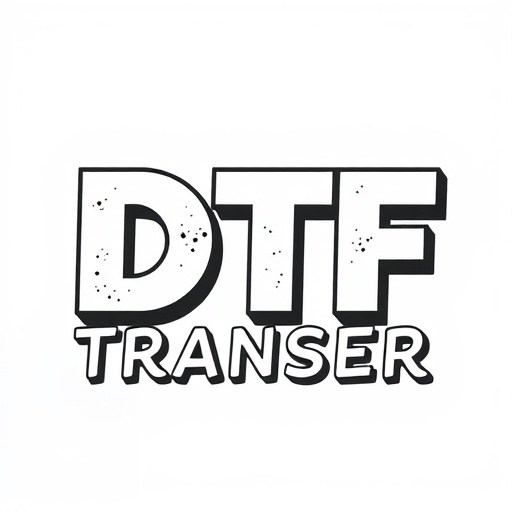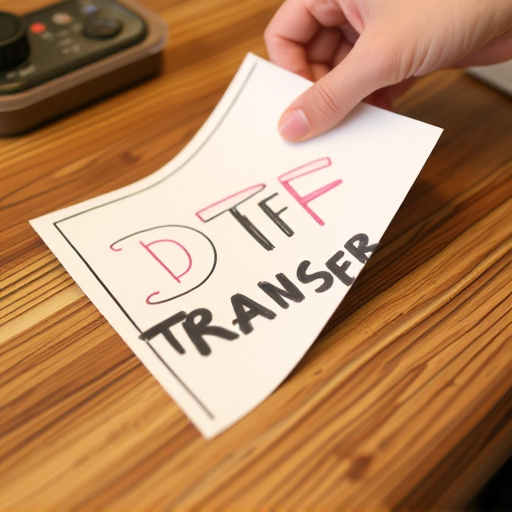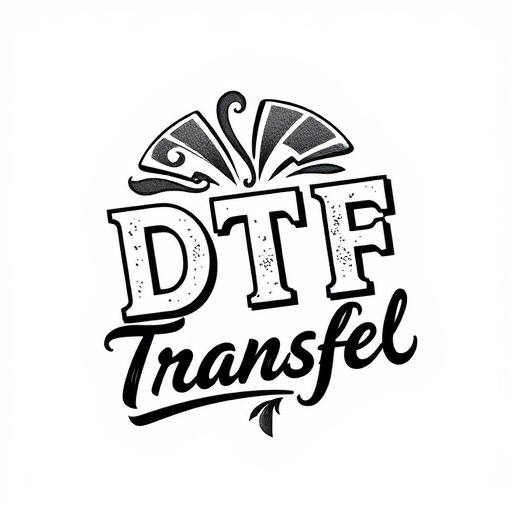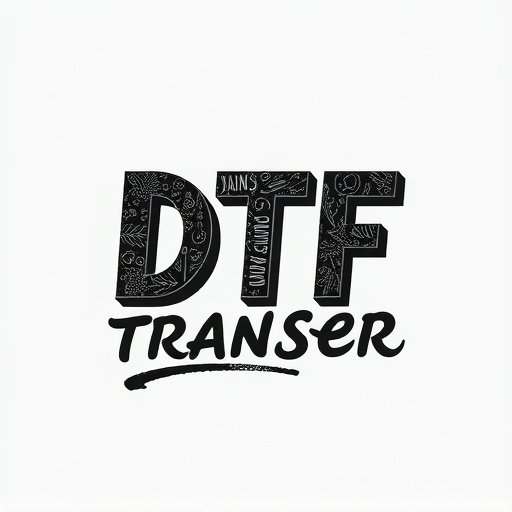DTF Transfer (Direct-to-Film) is a cutting-edge printing technology that offers numerous advantages for businesses. By allowing designers to arrange multiple designs on a single film, DTF enhances productivity and reduces waste. This method enables efficient DTF Printing, resulting in high-quality DTF Prints with vibrant colors and crisp lines. It's ideal for custom printing tasks involving intricate patterns and complex compositions. DTF is particularly effective for apparel, signage, and promotional items, streamlining production while fostering brand engagement and promoting sustainability. Choosing the right DTF setup depends on project scale and requirements, ensuring optimal results.
In today’s dynamic printing landscape, enhancing efficiency and creativity is paramount. One innovative approach gaining traction is the arrangement of multiple designs on a single film for DTF (Direct to Film) transfer printing. This technique allows printers to optimize their processes, reduce waste, and offer clients diverse, custom designs with minimal extra effort. This article explores the world of DTF Transfer, its advantages, and provides practical insights into implementing this technology for successful multi-design prints. Discover how DTF Printing can revolutionize your creative output.
- Understanding DTF Transfer: A Brief Overview
- Advantages of Arranging Multiple Designs on a Single Film
- Optimizing Print Efficiency with DTF Technology
- Choosing the Right DTF Printing Setup for Your Needs
- Techniques for Seamless Design Integration on a Single Film
- Real-World Applications and Case Studies of Multi-Design DTF Prints
Understanding DTF Transfer: A Brief Overview
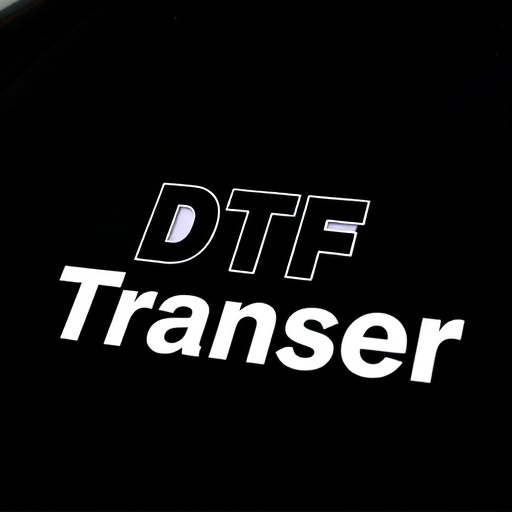
The DTF Transfer (Direct-to-Film) process is a game-changer in printing technology, enabling efficient and versatile design transfer onto various materials. It’s a precise method where designs are printed directly onto a film, which then acts as a temporary carrier for the print. This innovative technique allows for the production of DTF prints with exceptional quality and detail. By arranging multiple designs on a single film, printers can optimize their workflow and reduce waste, making it an efficient solution for custom printing.
In this method, designers can seamlessly integrate various graphics, text, and patterns onto one film, ensuring a seamless print experience. The film is carefully positioned over the substrate, and heat is applied to fuse the design, creating long-lasting DTF prints with vibrant colors and crisp lines. This technology is particularly beneficial for small businesses, allowing them to offer personalized products quickly and cost-effectively while maintaining high-quality standards.
Advantages of Arranging Multiple Designs on a Single Film

Arranging multiple designs on a single film for printing, particularly through DTF (Direct to Film) transfer methods, offers several significant advantages. One of the primary benefits is efficiency; it allows printers to optimize their workflow by preparing and setting up only one film for various print jobs. This reduces the time spent on re-inking, cleaning, or changing plates between designs, thereby increasing overall productivity.
Additionally, this technique enhances cost-effectiveness. By combining multiple designs onto a single film, printers can reduce wastage as there’s no need to discard partial films after each print run. DTF printing also ensures consistent quality across all prints, regardless of the number of designs on the film. This uniformity is particularly beneficial for maintaining brand consistency and aesthetic integrity in bulk printing operations, where each print must meet high-quality standards.
Optimizing Print Efficiency with DTF Technology
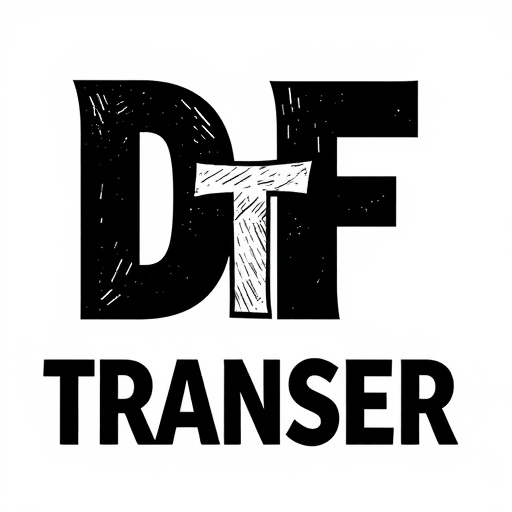
In today’s print industry, optimizing efficiency and reducing waste are key considerations for businesses aiming to stay competitive. This is where Direct-to-Film (DTF) technology steps in as a game-changer. DTF Transfer involves transferring ink directly onto the printing film, enabling the production of complex designs with remarkable precision. By eliminating the need for traditional plates, DTF Printing offers a faster, more cost-effective solution, especially for short-run or custom print projects.
This innovative method allows printers to achieve high-quality, vibrant DTF Prints while maintaining speed and flexibility. With its advanced capabilities, DTF technology ensures that each design element is perfectly aligned and registered on the film, resulting in crisp, detailed DTF Transfer prints. This precision is particularly beneficial for intricate patterns, multiple designs shared on a single film, and the efficient use of resources, making it an ideal choice for printing various products, from labels to packaging and even textiles.
Choosing the Right DTF Printing Setup for Your Needs
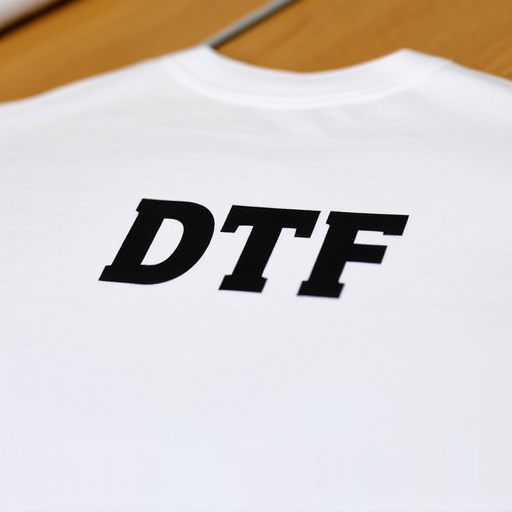
Selecting the optimal DTF (Direct-to-Film) printing setup is a pivotal step in enhancing efficiency and quality for your print projects. The right choice ensures that your designs, whether complex or straightforward, are precisely replicated on various materials, from textiles to plastics. Key factors to consider include your project’s scale, the number of colors involved, and the types of substrates you plan to use.
For smaller-scale projects with basic color requirements, a standard DTF printer with a single head and a simple setup can be highly effective. However, for larger or more intricate jobs, investing in a multi-head DTF machine could streamline production by allowing for simultaneous printing on multiple films, reducing processing time significantly. This choice is especially beneficial when producing complex designs with numerous DTG (Direct-to-Garment) prints, ensuring a faster turnaround while maintaining excellent results.
Techniques for Seamless Design Integration on a Single Film
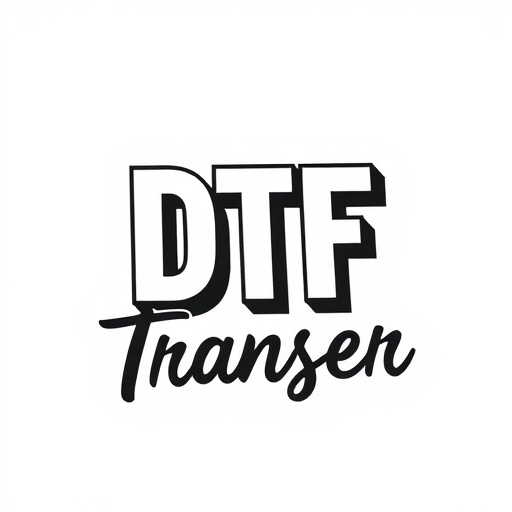
In the realm of efficient printing, techniques for seamless design integration on a single film are revolutionizing the DTF (Direct to Film) transfer process. This innovative approach allows for multiple designs to be arranged and printed on a single piece of film, optimizing productivity and reducing waste. By utilizing specialized software, designers can precisely align and overlay patterns, ensuring that each design element flows seamlessly into the next without visible seams or disruptions. This method is particularly advantageous for creating complex compositions or repeating motifs, enhancing both visual appeal and overall print quality.
DTF printing leverages advanced techniques to achieve impeccable results. For instance, the use of high-resolution images and precise registration ensures that intricate details are retained in the final DTF prints. Additionally, incorporating transparent layers and masking capabilities allows designers to create layered designs with accurate color blending and seamless transitions. This level of control over the design integration process not only streamlines production but also opens up endless creative possibilities for printers and designers alike.
Real-World Applications and Case Studies of Multi-Design DTF Prints
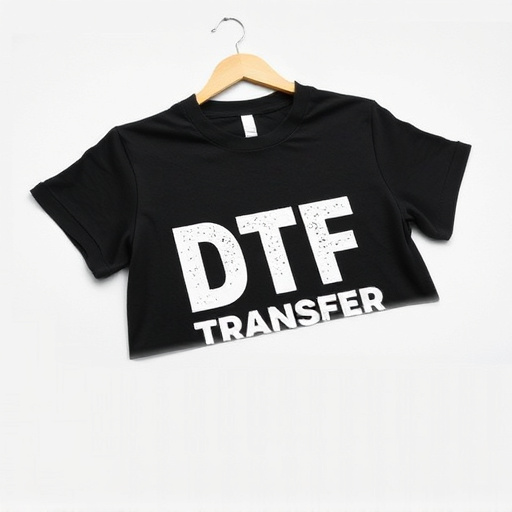
In real-world applications, Multi-Design DTF (Direct to Film) prints have found their place in various industries, revolutionizing the way businesses approach customization and small-batch production. From apparel and accessories to signage and promotional items, DTF Transfer technology allows for the efficient printing of multiple designs on a single film, streamlining the production process. For instance, clothing brands can create limited-edition collections with unique patterns on each garment, all printed from a single master design file, significantly reducing time and costs.
Case studies highlight the versatility of DTF Printing. In one notable example, a small local coffee shop used DTF to print customizable cup sleeves, allowing customers to choose from various artistic designs. This approach not only enhanced their brand image but also fostered customer engagement. Similarly, event organizers have leveraged DTF Prints for creating personalized merchandise, such as t-shirts and tote bags, for conferences and festivals, ensuring a unique experience for attendees while promoting sustainability by minimizing waste associated with traditional printing methods.

